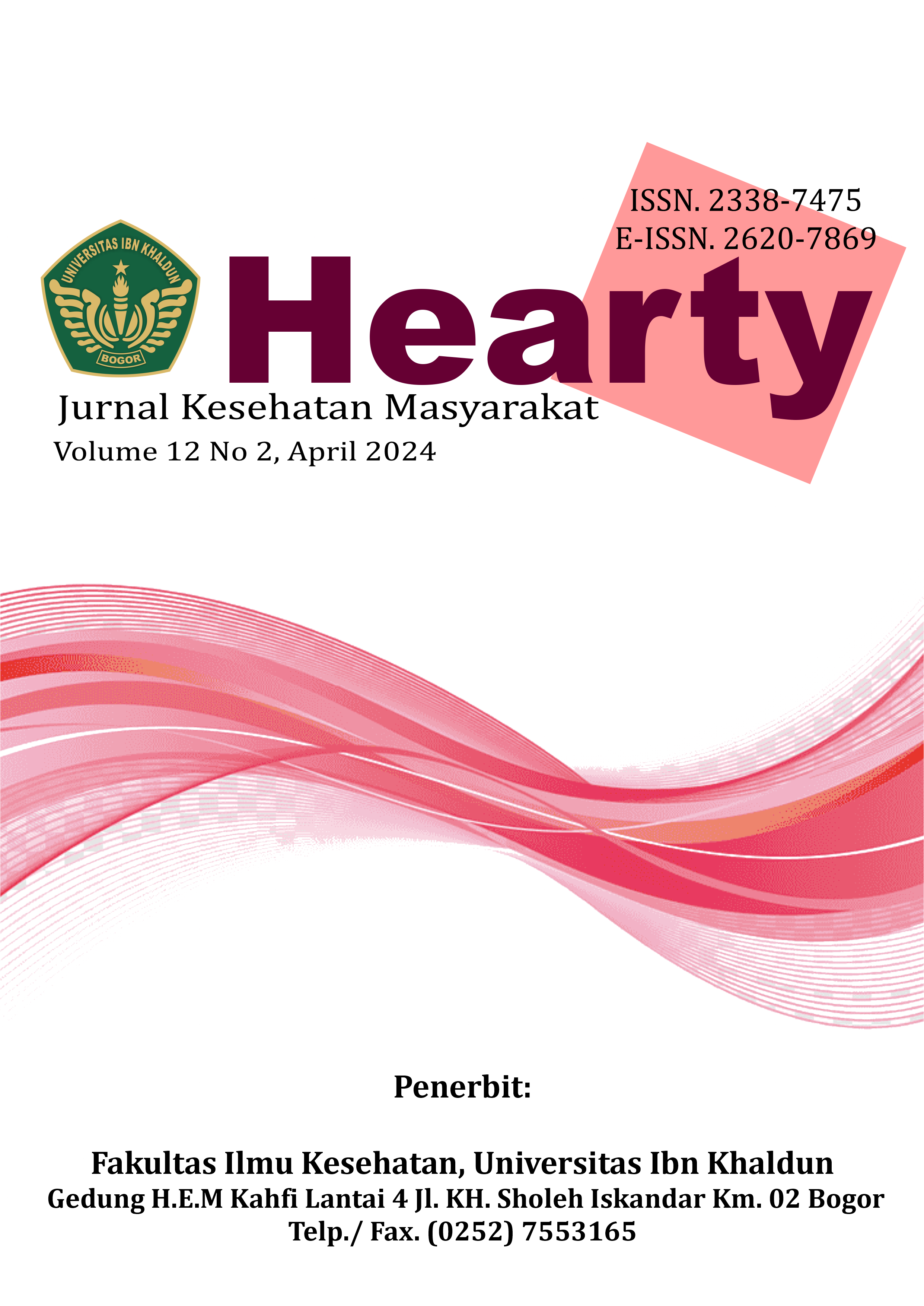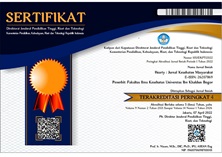PROBLEM ANALYSIS OF CHILD TUBERCULOSIS PREVENTION AND CONTROL PROGRAM LAMONGAN DISTRICT, EAST JAVA
DOI:
https://doi.org/10.32832/hearty.v12i2.16263Abstract
Tuberculosis (TB) is an infectious disease caused by the bacterium Mycobacterium tuberculosis and is one of the unresolved health problems in Lamongan District. The purpose of this study was to analyze the problems in the Child Tuberculosis Prevention and Control Program in Lamongan Regency. This study was a descriptive observational study conducted at the Lamongan District Health Office from January 02 to January 27, 2023. Problem identification was conducted using brainstorming techniques and then prioritizing the problems using the CARL method (Capability, Accessability, Readiness, and Leverage). Furthermore, identification of the causes of problems that have been prioritized is carried out with a fish bone diagram using a process approach. Based on the root causes of the problems that have been identified, recommendations are given to the health department to overcome the problems found. Suboptimal cross-program/sector coordination with a CARL value of 505.440 became the top priority health problem in the child tuberculosis control program. Therefore, it is necessary to optimize the discovery of child TB suspects and education through integration with other activities, improving the competence of field officers, ensuring budget availability, data management, good recording and reporting.
























